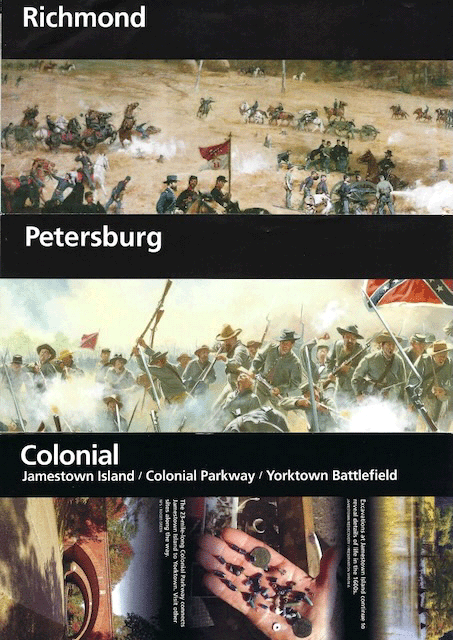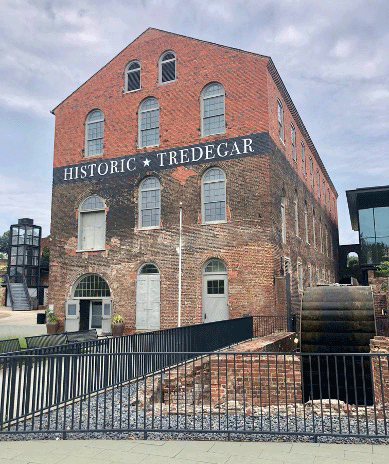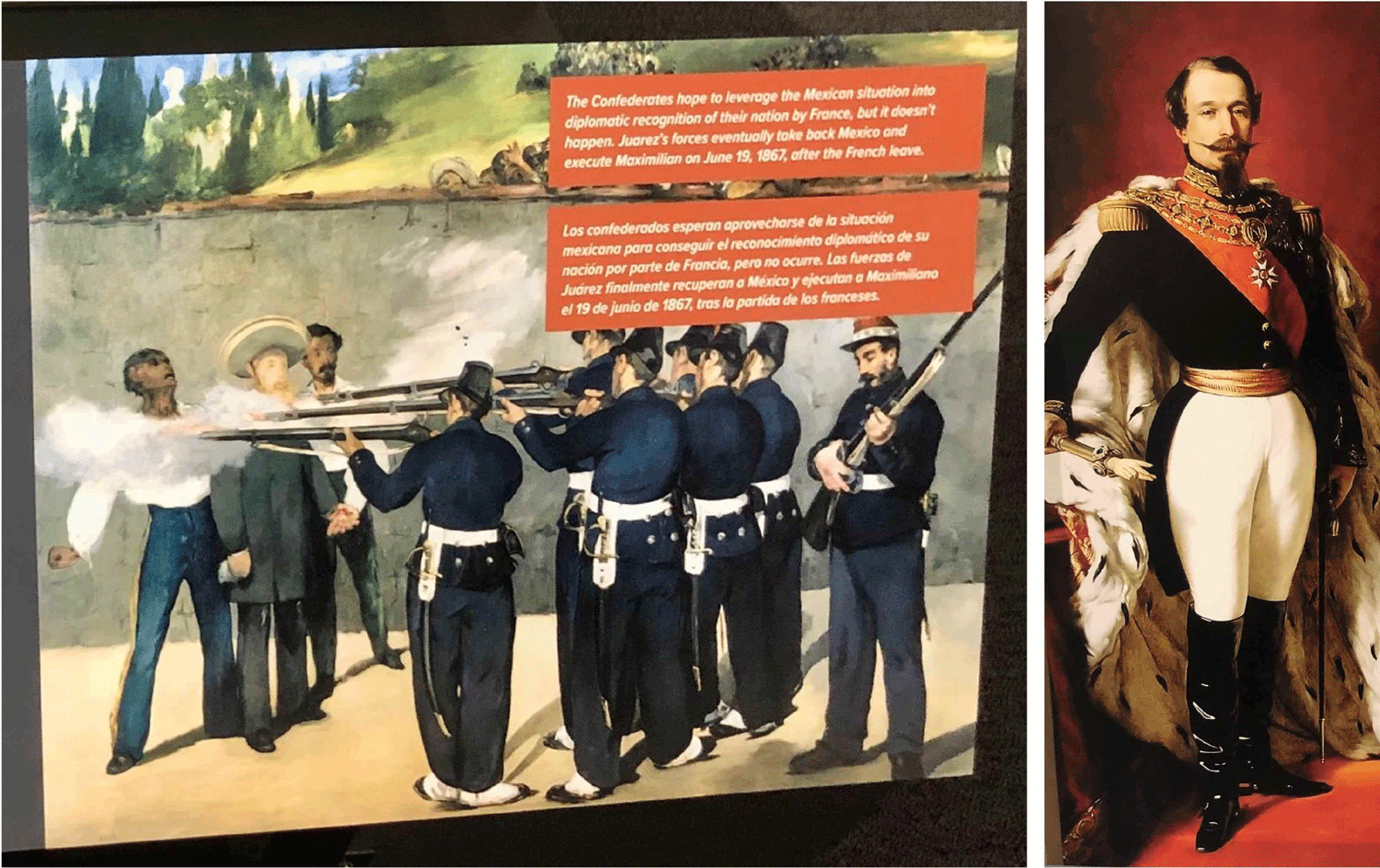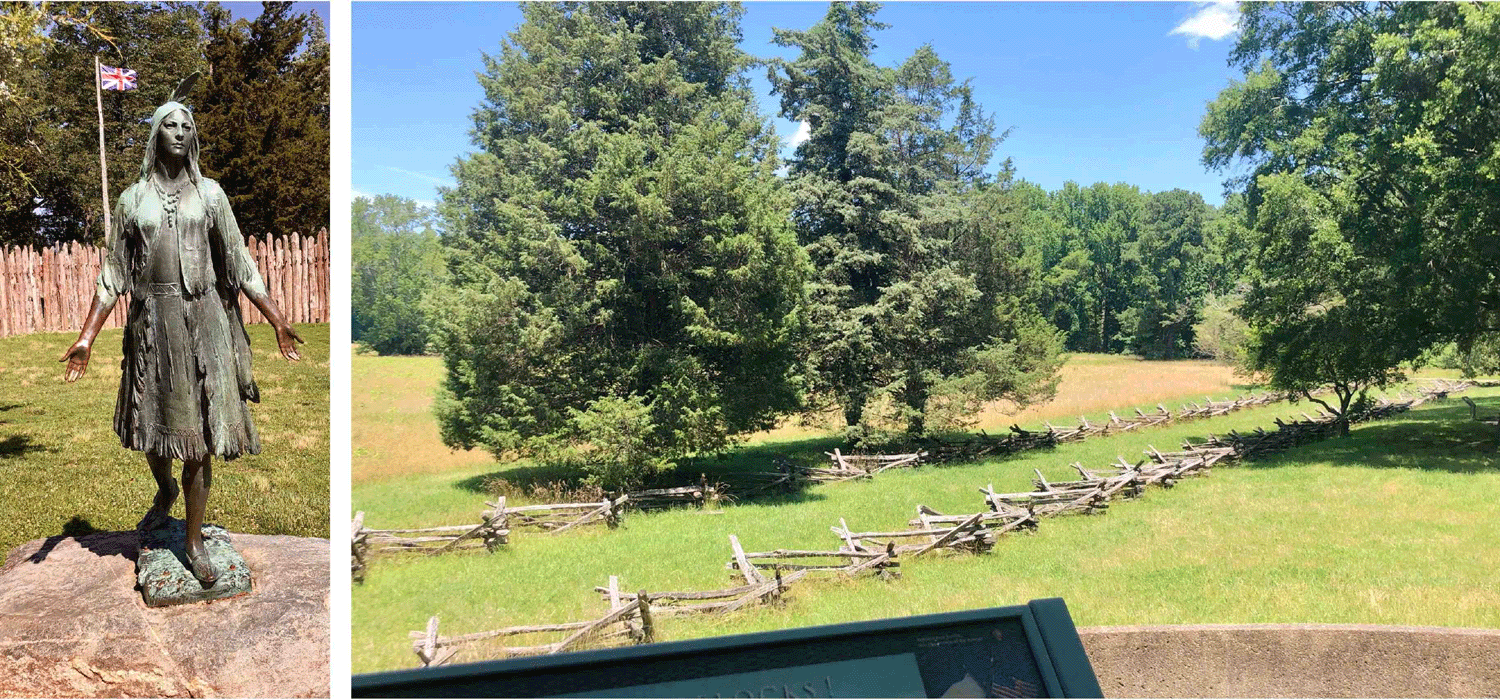Southern Tour redux
Southern trips to visit friends during the past two summers have offered an opportunity to visit U.S. Civil War sites, and this year I did the same once again — although this year’s historical quest was a bit more expansive!

I headed to Richmond, the former Capital of the Confederacy – and, not surprisingly, the focal point of conflict throughout the war. Gaines’ Mill was the site of 1862’s Seven Days’ Battles, and nearby Cold Harbor was a part of 1864’s Overland Campaign (which was seen as the battle which shifted strategy from one of maneuver to one of siege). The siege in Petersburg, a city about 20 miles south of Richmond, lasted a full nine and a half months – and is best known for ‘The Crater,’ when Union troops blew up four tons of explosives under a Confederate battery. The resulting battle was costly for both sides, with 5,500 casualties.

In Richmond itself, the Tredegar Iron Works was the center for iron manufacturing in the southern states, and provided artillery, ammunition, cannons and armor plating for the Confederate war effort. Today it houses the American Civil War Museum, and I was very, very surprised to find inside a painting of Maximilian and the Mexican firing squad, noted in the Trieste posting immediately below. The exhibit focused on the South’s ambitions, and noted that the Confederacy hoped to leverage the Mexican situation into diplomatic recognition of their nation by France — but that never happened.

The next stops on this Southern tour both preceded the Civil War. Jamestown is where the first English colony was established in North America, and the Yorktown Campaign led to a battlefield in Virginia where George Washington (and the French) defeated the British army, and won independence for the American colonies. They are connected by a beautiful 23-mile Colonial Parkway.
While Jamestown Island provides the site of the original fort and nearby Jamestown Settlement contains replicas of the sailing ships, most visitors seemed more interested in the story of Pocahontas. The daughter of the Indian tribal chief, she was captured during a skirmish between the settlers and natives; ended up marrying a settler; bore a son; traveled to England, where she was a social curiosity; set out to return to Virginia – but died and was buried at Gravesend, on the Thames…. all by the age of 21. Perhaps not surprisingly, she also ended up as the subject of a 1995 Disney animated movie.

Yorktown has a “Surrender Field” where the British laid down their arms – although Lord Charles Cornwallis claimed to be ill that day, October 19, 1781, so he didn’t have to face Washington or the American troops.